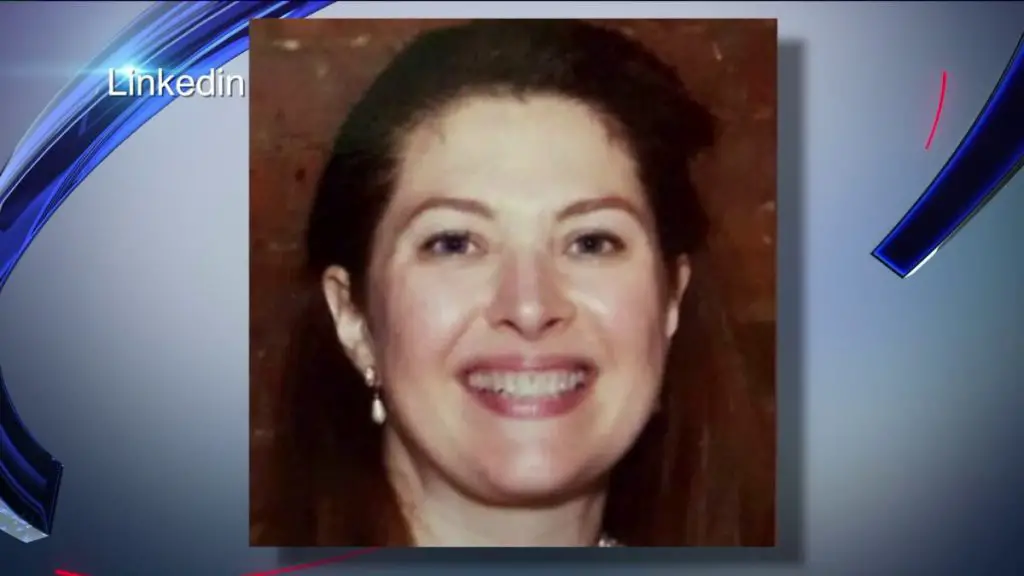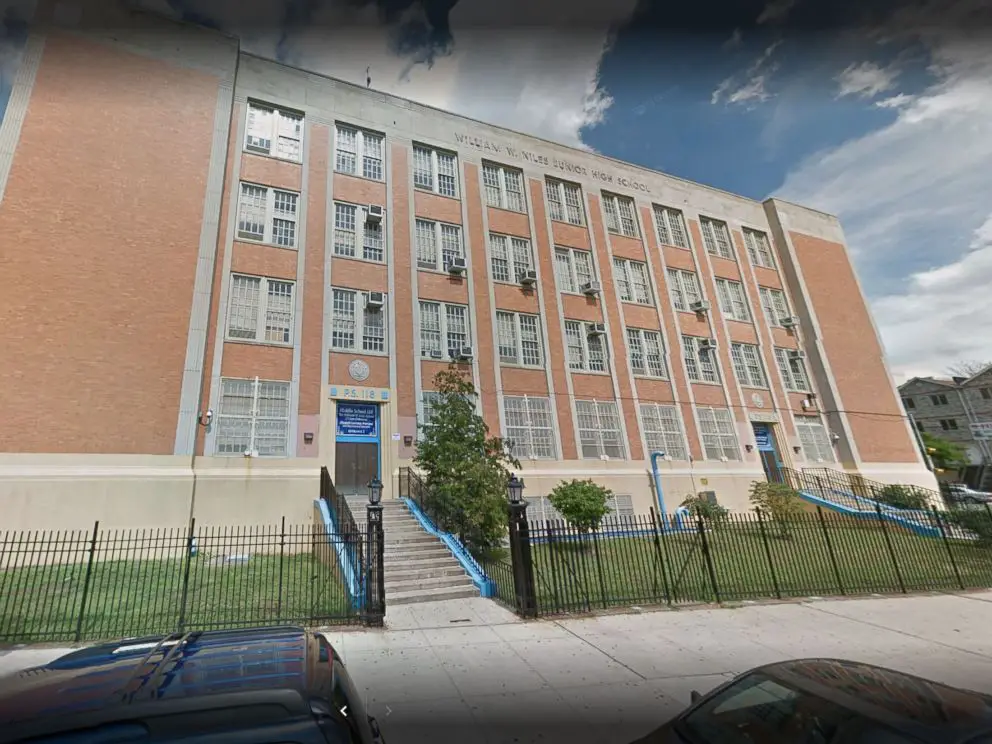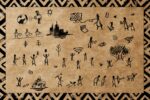As a response to Black History Month, teachers across the country have likely made attempts to educate their students about the excruciating experiences that African-Americans went through prior and during the Antebellum Period. However, one teacher in New York City recently went overboard in her efforts to educate her students.
Two weeks before Black History Month, William W. Niles School teacher Patricia Cummings singled out African-American students and made them act like slaves. In an attempt to educate her class about the Middle Passage, she specifically had three students of color lie on the ground in front of the class and said, “You see how it was to be a slave?”
As one female student joked that she felt fine, Cummings allegedly stepped on her back and emphasized, “How does it feel? See how it feels to be a slave?”
After the incident, students in the class reported feeling traumatized by Cummings’s actions; after all, under any circumstances, teachers should not lay a finger on students, let alone get physical and make them feel inferior.
Consequently, after the incident, countless parents protested at New York City Hall and called serious attention to the need for anti-bias training within the school’s teaching faculty.
While many have acknowledged that Cummings’s mistake was a poor sense of judgment, it also highlights a larger problem: the historical difficulty teachers have had insensitively teaching the topics of racism and slavery.
It is especially difficult to teach when it comes to illuminating the experiences of slaves during the Middle Passage, in which countless Africans were shoved into ships to be transported from West Africa to the West Indies.

In fact, last September in Cerritos, California, concerned parents brought to light a similarly traumatizing “teaching activity” that Whitney High School’s social studies department had been using for over a decade.
The school, which has primarily Asian and Hispanic student body, taught students about slavery by tying their wrists with masking tape and placing them in a dark classroom to watch the American television miniseries “Roots.”
Shardé Carrington, an African-American mother of one of the children, voiced her worries on social media about the practice being either demeaning or traumatizing for students. After disclosing her concerns though, she was dismissed by the school authorities.
After hearing of this incident, I felt a chill run down my back. Not only is the school poorly teaching the Middle Passage, but the event also revealed how countless people still belittle the opinions of and misinform students about African-Americans and their history.
These kinds of activities run the risk of producing terrible results that are on the extreme sides of the spectrum. While some students end up trivializing the hardships of slaves, others, especially African-American students, might find the activity distressing and even demeaning.
Although the latter may sound unlikely or come off as a surprise, everyone has a different capacity for trauma. For instance, a person may find watching a particular film unsettling or witnessing a car crash happen in real life traumatizing, while others may just nonchalantly shrug their shoulders and beg to differ.
As for the other side of the spectrum, the sound of masking tape ripping in the middle of the activity may sound harmless, but it can also bring up the question: Does this activity truly shed light on what the slaves went through?
Earlier this year I spoke with a friend who attended Whitney High School, and he mentioned that students were able to be excused from the activity if they felt uncomfortable.
Hearing this wasn’t as relieving as it should have been because there was still the possibility that students worried about the status quo or social image, would continue their participation in the class. After all, this is a high school, and we cannot discredit factors of peer pressure and class reputation, as well as attendance.
Overall, if a school truly wanted students to understand the Middle Passage through these kinds of reenactments, you might as well put them on a ship.
Altogether, this activity is absolutely demeaning and disgusting. You don’t put students in a dark classroom with their wrists tied and call it slavery. Do you expect students to magically understand all the hardships that the slaves went through after watching “Roots” too?
Considering the fact that Whitney High School is predominantly populated with Asian and Hispanic students, it is more paramount for the school to create activities for them to understand black experiences with expert help.
In other words, if a school or its teachers are unable to teach this sensitive topic, there are always alternatives. Educators are meant to reinvent their processes and learn from classroom failures and student responses, too. Learning is not reserved for the youth.
Invite Professors
Ethnic studies or history professors have studied the topic of slavery and its reality through research (e.g., scholarly journals, personal accounts and statistics) in order to get to where they are now.
Since they have spent years and years researching and writing dissertations, they actually have credibility on this subject matter. Perhaps they are even published, which increases their reputability.
Invite Black Speakers
Black speakers can speak in place of their ancestors who have been through such agonizing experiences. Moreover, they can even speak about modern-day oppression with their personal stories.
Rather than reading monotonous textbooks, students can learn and be more engaged by hearing these personal accounts. Certainly, the understanding of one’s own heritage is a diverse, ongoing process, which means no two accounts will be exactly the same but will nonetheless contribute to a larger picture.
With these alternatives, students will be more informed with credible knowledge of slavery. Altogether, what happened in William W. Niles School and Whitney High School can all be considered poor judgment, but ultimately these events demonstrate that there can be difficulties that arise in teaching racism and slavery.
No task is too arduous to educate students if it means one student going home and taking a second to think about what they learned.

















